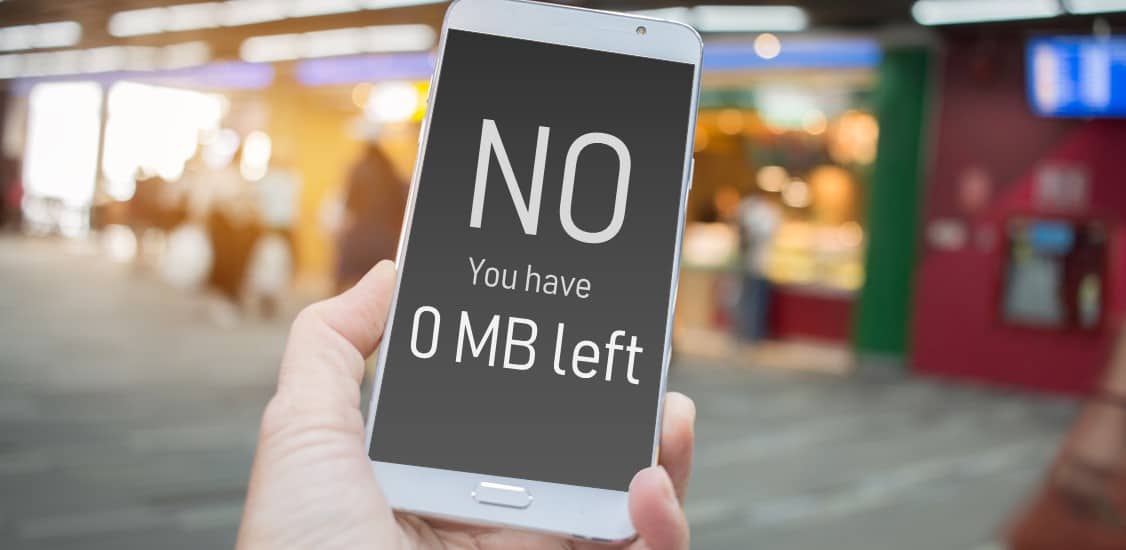Mobile operators around the world face similar pressures: ever-tightening margins, intense competition and increasing demand from consumers for more services at less cost. Add to that the pressures from constant network upgrades and requisite internal digital transformation, and winning market share can quickly become a high stakes gamble.
One particularly costly side of the business is in managing prepaid subscribers. A quick glance at the numbers tells us 71% of mobile connections around the world are prepaid - that’s 5.7 billion individuals. In the U.S. that percentage is significantly smaller, but it still represents nearly 80 million subscribers. In 2018 alone, global revenues from prepaid subscribers added up to $265 billion USD, or 32% of total service revenues.
Prepaid revenues are actually a booming business for operators, despite assumptions to the contrary. Where the struggle comes in is the very consistent rate of churn - as high as 6.5% every month in some markets. I have the opportunity to work closely with operators across the globe, and one consistent refrain I hear no matter the size or geographic location of the business is that managing prepaid churn can feel like a losing proposition. Consider the significant drain on resources when you have to re-acquire and reactivate anywhere from 50-80% of your customer base every single year!
The impact on OPEX
Operator expenditures (OPEX) often bear the brunt of prepaid churn. We took a closer look at eight prepaid-dominant markets, in partnership with Strategy Analytics, and discovered operators wasted $670 million last year alone just in working to replace lost prepaid subscribers.
In the past year across the markets analyzed, which included Argentina, Brazil, India, Malaysia, Mexico, the Philippines, South Africa and Thailand, 90% of subscriber acquisition cost expenditure was devoted to replacing churning subscribers while just 10% was allocated toward subscription and revenue growth. To look at it another way, operators in these regions are, on average, having to replace their entire prepaid subscriber base - which can be as much as 90+% of their customers - every two years!
Any business owner can tell you it costs up to 5x as much to acquire a new customer than to retain an existing one, and operators in high prepaid markets are essentially starting from scratch over and over again to keep their subscriber numbers up. With the added pressure to meet growing expectations around network connectivity and on-demand services, this OPEX resource drain is becoming untenable.
Turning NO into YES: the new face of prepaid
Clearly, mobile operators must change their relationships with prepaid customers. Prepaid customers are at their highest risk to churn during low balance periods, which means operators have an opportunity to deliver loyalty and added value in these moments rather than hyper-focus on acquisition. There is a real opportunity to leverage each and every interaction with prepaid users, and create critical, identity-based engagement.
Identity is the key word here. The prepaid user base skews toward the unbanked and financially underserved, creating logistical difficulties in overcoming churn as these individuals often remain anonymous to carriers. The financially underserved around the world, regardless of location, have one thing in common: a lifetime of ‘NO’ when it comes to financial or economic matters. This NO economy creates a general sense of wariness and distrust, neither of which serves to build long-term or loyal relationships.
Operators are in a unique position to help create an entirely new paradigm: the YES economy. This new approach addresses the distinct needs of the revenue-rich prepaid market by taking advantage of transactional data such as topping-up prepaid airtime or repaying progressive airtime credit to reward positive behavior and build financial identities for customers. By consistently incentivizing customers, carriers can naturally move them up a ladder of opportunity that rewards positive financial behavior with higher value offerings such as handset financing or other financial services. Suddenly prepaid subscribers now have a pressing need to stay with the operator where they’ve built up reputational cache.
Imagine if an operator reduced churn by only 20%, which would in turn reduce subscriber acquisition costs by 18%. This equates to 0.5 percent reduction of prepaid OPEX and an improvement in prepaid EBITDA by 0.8 percent. If one of the operators in our analysis across eight global markets had transitioned to more YES-based relationships back in September 2017, the company’s prepaid service revenue would have been 4.7% higher and EBITDA 4.9% higher over the course of 12 months.
Our approach to prepaid must change. Prepaid customers - particularly those in emerging markets - churn because they are constantly told NO. NO you’re out of airtime. NO you don’t have enough money. Reversing this default NO and starting with YES completely changes the game, not only benefitting the individual, but unlocking massive financial opportunity for the operator.






















